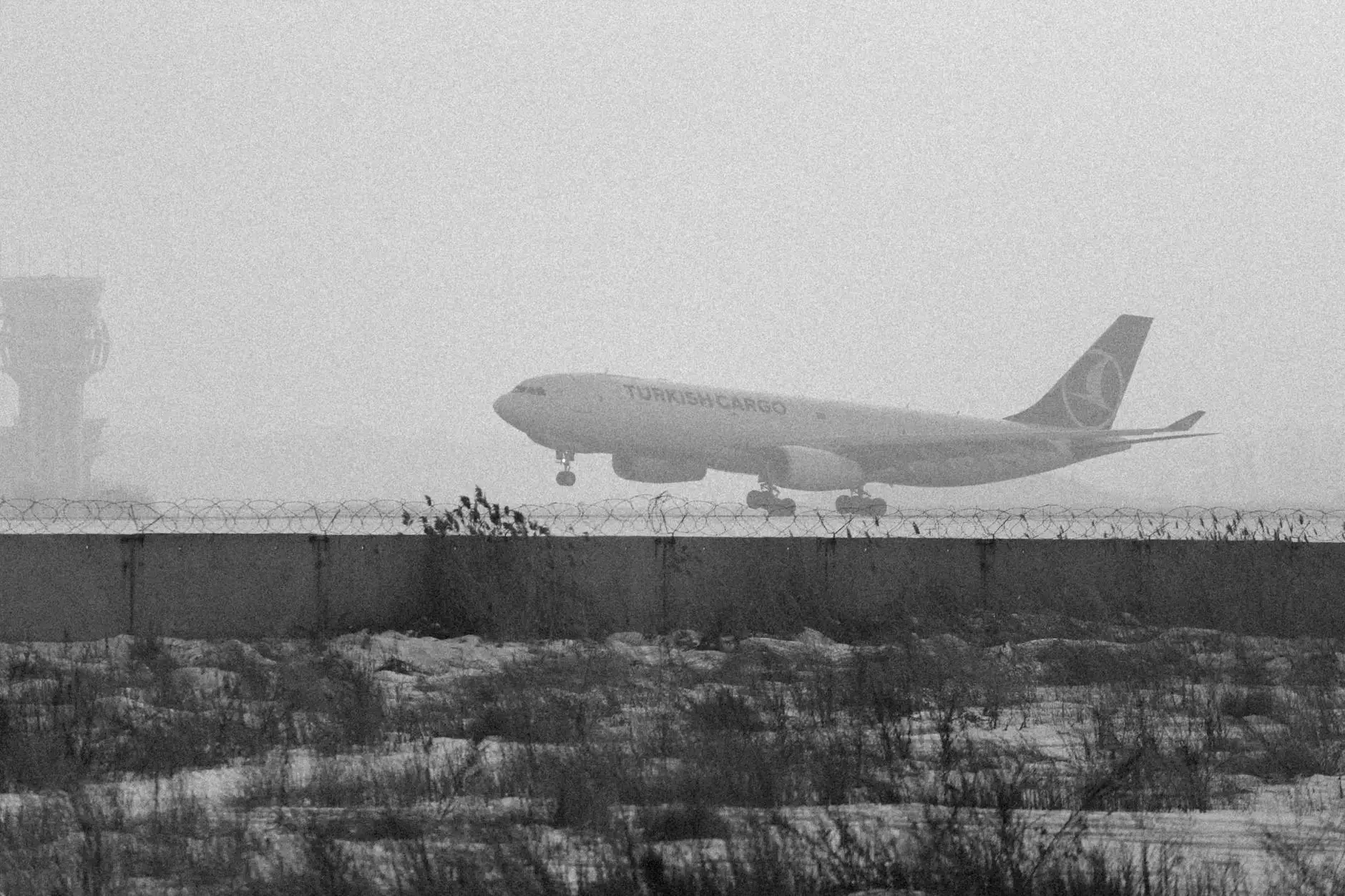Understanding Air Freight Cost: A Comprehensive Guide

The world of logistics operates at breakneck speed, requiring businesses to adapt and evolve continually. Air freight cost is a pivotal aspect that can significantly influence a business's operational budget and overall efficiency. This article provides an in-depth exploration of air freight costs, the factors influencing these costs, and how businesses can navigate this crucial component of international shipping. Whether you're a small business preparing for expansion or a large corporation looking to optimize shipping strategies, understanding air freight is essential.
What is Air Freight?
Air freight refers to the transportation of goods via an air carrier, either scheduled or chartered. It is a crucial mode of transportation for businesses that require rapid delivery of goods over long distances. Time-sensitive shipments such as perishables, electronics, and medical supplies often rely heavily on air freight due to its speed and efficiency.
The Importance of Understanding Air Freight Cost
A crucial part of managing logistics effectively is understanding the various components of air freight costs. Knowing what influences these costs allows businesses to make informed decisions about their shipping strategies.
Key Factors Affecting Air Freight Cost
- Weight and Dimensions: Shipping costs are often calculated based on the weight of the cargo. However, dimensional weight (volumetric weight) can also come into play, especially when shipping lightweight but bulky items.
- Distance: The distance traveled from the shipping point to the destination airport directly influences the freight cost. Longer distances typically incur higher charges.
- Type of Cargo: Different types of goods may have different tariffs. For example, hazardous materials, perishables, and oversized items may incur additional fees.
- Fuel Prices: Fluctuations in fuel prices have a direct impact on air freight costs. Carriers often adjust their rates to reflect increased fuel expenses.
- Seasonality: Cargo demand fluctuates throughout the year, particularly during peak seasons such as holidays, which can drive up prices.
- Insurance and Duties: Protecting valuable shipments through insurance can add to costs, as can customs fees and taxes applied by governments on imported goods.
Types of Air Freight Services
Understanding the different types of air freight services available can help businesses choose the most suitable option for their needs:
1. Standard Air Freight
Standard air freight is the most common type, offering a balance between cost and speed. It’s suitable for regular shipments that do not require immediate delivery.
2. Express Air Freight
For businesses that need their goods delivered urgently, express air freight offers the fastest service available but often at a premium cost.
3. Charter Services
When shipments exceed the capacity of standard flights, charter services provide dedicated aircraft for transport. These options are particularly useful for large-scale operations or special cargo loads.
Calculating Air Freight Cost
To accurately calculate air freight costs, it is crucial to consider all relevant factors and fees. Here’s a step-by-step approach:
Step 1: Determine the Weight
Weigh the cargo accurately. Remember that both actual weight and dimensional weight can impact costs.
Step 2: Check the Destination Rates
Rates can vary depending on the destination. It is wise to check with your chosen carrier for specific rates based on your origin and destination airports.
Step 3: Consider Additional Fees
- Fuel Surcharge: Most carriers will include a fuel surcharge, which varies based on oil prices.
- Security Fees: Compliance with security regulations can incur extra costs.
- Handling Fees: Charges for loading and unloading at the airport.
Step 4: Add Insurance Costs
If you're shipping high-value items, consider adding insurance to safeguard against potential losses.
Step 5: Consult with a Freight Forwarder
Freight forwarders can provide valuable insights and cost breakdowns, helping businesses find the best shipping solutions.
How to Optimize Air Freight Costs
By implementing effective strategies, businesses can manage and often reduce their air freight costs without sacrificing quality. Here are some actionable tips:
1. Consolidate Shipments
Combining multiple small shipments into one larger shipment can reduce costs by maximizing the use of available space and taking advantage of bulk rates.
2. Choose the Right Partner
Working with an experienced logistics provider can help you understand the market and negotiate better rates. Look for a partner who can provide tailored solutions to fit your business needs.
3. Plan Shipments Strategically
Sending shipments during off-peak times can result in lower costs. Additionally, if your business can afford a slower delivery time, opt for less urgent service options to save costs.
4. Monitor the Market
Stay informed about changes in air freight costs by following trends, news, and market analyses. This knowledge can help in making proactive shipping decisions.
5. Utilize Technology
Investing in logistics management software can streamline operations and allow for better visibility into costs, helping manage shipments more effectively.
Choosing the Right Shipping Centers and Airports
The choice of shipping centers and airports can also impact air freight costs significantly. Here’s what to consider:
- Proximity to Major Markets: Shipping from an airport close to significant markets can reduce transit times and costs.
- Available Services: Some airports provide better freight services and amenities than others. Research available carriers and services.
- Customs Efficiency: Select shipping centers that are known for their efficiency in customs clearance to avoid delays and additional fees.
Conclusion
In summary, understanding air freight costs is crucial for any business engaged in international trade. By having a comprehensive grasp of the factors that affect these costs, the different types of air freight services available, and strategies for optimizing expenses, businesses can navigate the complexities of logistics effectively. A well-planned air freight strategy not only saves money but also ensures timely delivery of goods, which is essential in today’s competitive marketplace.
In the ever-evolving world of logistics, businesses that proactively manage their air freight costs are better positioned to thrive. Embrace these insights and strategies, and watch your efficiency soar with reduced costs.









